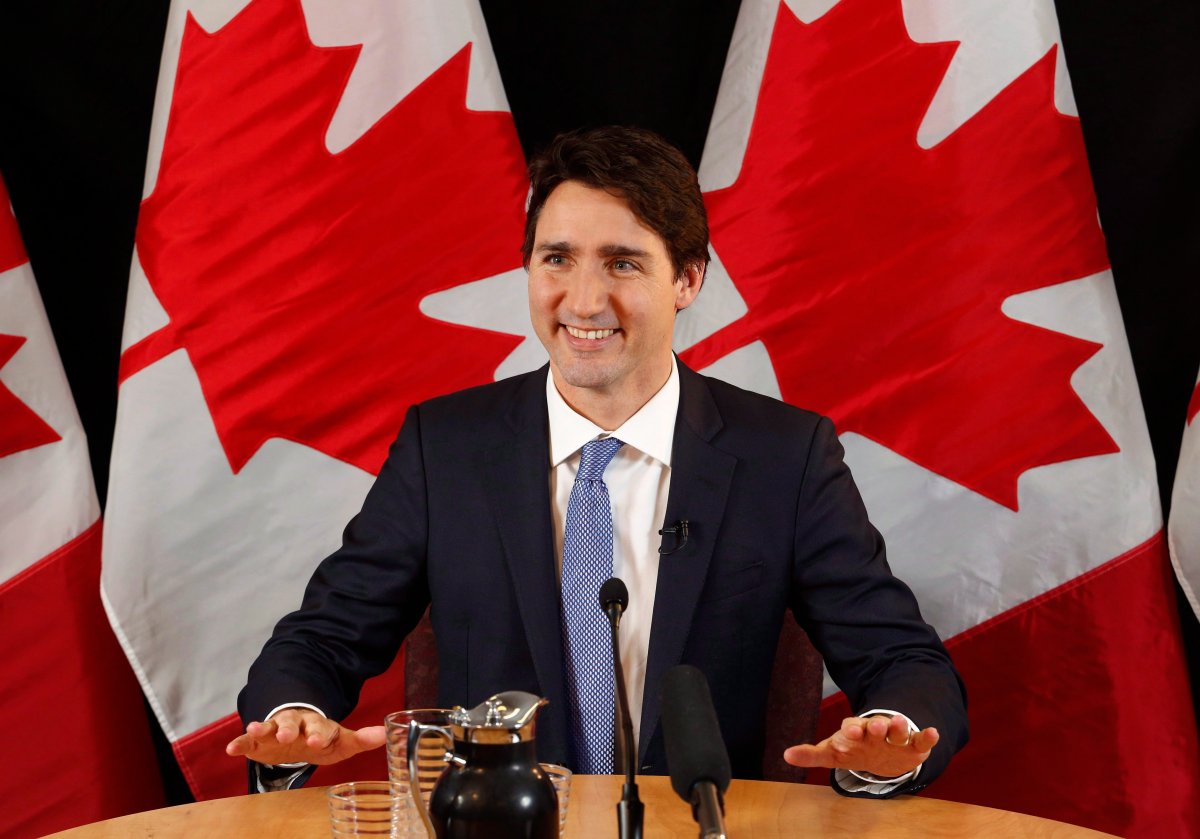The Liberals won in 2015 on a platform that pledged to invest billions on things like infrastructure in order to boost Canada’s sluggish growth. Roughly a year-and-half later, the economy is doing much better, but few economists would attribute that primarily to government spending.

In fact, some of the spending hasn’t even happened yet. In 2016, the federal budget set aside $11.9 billion over five years for public transit, green infrastructure and social infrastructure such as affordable housing and community centres. But only 50 per cent to 75 per cent of those projects were reported to be on track in the 2017 budget, according to a recent report by TD economics.
READ MORE: Budget watchdog targets slow infrastructure spending
“From an economic growth perspective, even this statistic may be somewhat misleading, as it tracks cash disbursements, not shovels in the ground. Indeed, data from Infrastructure Canada indicates that only a small fraction of projects approved since the time of last year’s budget have actually begun construction,” wrote TD economists Beata Caranci and Brian DePratto.
In the second half of 2016, public infrastructure spending across Canada added only 0.2 per cent to GDP growth, estimates CIBC. And while that’s “helpful,” it’s “not exactly a big part of that half-year’s impressive acceleration,” CIBC economist Avery Shenfeld wrote in a research note published Thursday.
READ MORE: Budget watchdog says Liberals can’t account for $2.5B in infrastructure funds
Indeed, the Canadian economy has picked up pace — largely on its own.
After witnessing several months of robust growth in late 2016 and a forecast-beating performance in January, most economists are revising up their GDP projections for 2017. BMO now expects the economy to expand by 2.5 per cent this year, faster than the U.S.
READ MORE: Canadian economy could outpace U.S. in 2017 — unless America’s protectionism kills that momentum
Annual economic growth of more than 2 per cent per year is about as good as it gets for advanced economies these days, said TD economist Derek Burleton. “Two per cent is the new 3 per cent.”
WATCH: Canadian infrastructure bank to boost investment

So what about the Liberals’ stimulus spending?
The term economic stimulus refers to government spending that’s meant to promote economic activity. For example, government-funded constructions projects may contribute to economic growth by creating jobs in times of high unemployment, putting money into people’s pockets that they may then decide to spend, creating demand for other goods and services.
READ MORE: Canadians still waiting on Liberals’ promised infrastructure cash: PBO
“But now the economy is operating much closer to full employment, particularly outside the energy producing provinces,” CIBC’s Shenfeld wrote.
Also, in order to use infrastructure spending to jump-start the economy when growth is lagging, the government usually needs “shovel-ready” projects so that the funds can start percolating through the economy quickly, said Burleton.
By contrast, a lot of Liberals’ infrastructure spending is meant for major capital projects, where getting to the actual construction phase can take a long time.
Because they are so complicated to implement, such mega-projects run 12 months behind schedule on average in Canada, according to a recent report by consultancy EY, which focused on the power and utilities sector.
TD left much of the impact from the Liberals’ infrastructure spending out of its near-term economic growth forecasts, said Burleton.
But Canada still needs infrastructure spending
Although it’s steaming ahead right now, the Canadian economy will hit a figurative pot hole in the medium- to long-run without massive spending on infrastructure, economists told Global News.
Canada needs $388 billion – about 20 per cent of GDP – just to patch up its existing infrastructure, according to a measure produced by the Canadian Construction Association, Public Works Association, Society for Civil Engineering and the Federation of Canadian Municipalities.
READ MORE: Federal Budget 2017 in 3 charts
But economic growth also hinges on Canadians adding entirely new infrastructure, which will add billions more to the total price tag.
Bridging the infrastructure gap could help Canada escape the slow-growth trap that has hampered most advanced economies, and achieve growth as high as 3 per cent of GDP per year, said David Macdonald of the Canadian Centre for Policy Alternatives.
Canada also needs large-scale infrastructure investment to become a low-carbon economy, he added.
WATCH: Improving energy efficiency standards and clean energy infrastructure part of framework for climate deal

Infrastructure spending could also serve as a way of redirecting some economic activity away from overheated housing markets, Shenfeld noted in his report.
READ MORE: Federal budget 2017: Big investment in affordable housing, nothing to cool red-hot markets
Rising interest rates not a concern
Delays in carrying out the Liberals’ infrastructure plan may result in a slightly bigger price tag for these projects, as interest rates gradually start to lift from historic lows. As interest rates rise, so do the government’s borrowing costs.
WATCH: Trudeau talks about how investors will see return in infrastructure

Still, rates will likely come up “moderately over time,” said Burleton, meaning the added burden for taxpayers will be minimal.
The next few years remain a good time to use debt to finance infrastructure projects.
“These are needs that need to be met,” Burleton said.




Comments